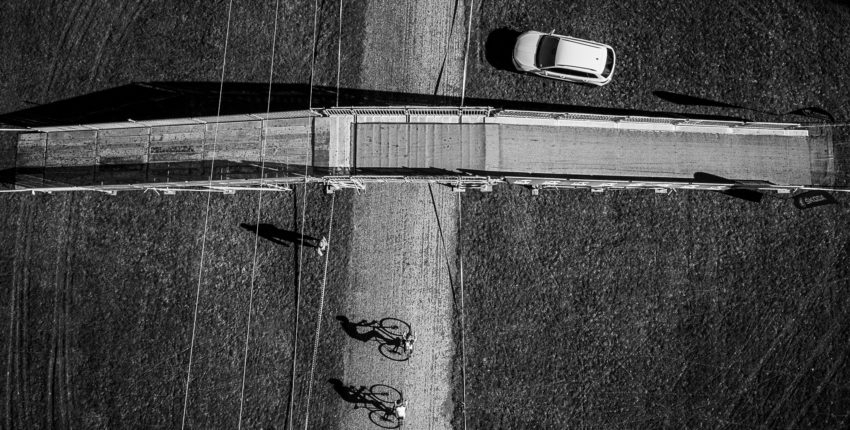Foundations Of Growth In Recreation Activities: Part 2
Cam Cole
This article follows on from Part one in this series, foundations of growth in recreational activities. Part two presents and offers considerations, which should be factored into successful recreation development planning and activities by way of using mountain biking as an applied example.
The first port of call for factors to consider in the planning process is target users of the end product, or target market. Based on past Department of Conservation (DOC) research (although a little dated), a well-rounded trail network appears to be an important factor if you are wishing to attract the full spectrum of mountain biker. Riders of all skill levels prefer a wide range of trail types and differing environmental settings to ride in, among other factors (presented below) (Cessford, 1995).
Additional factors are:
- Views and scenery,
- Exploring new areas,
- Appreciating nature and scenery,
- Exercise,
- Speed/excitement/risk,
- Skill challenge,
- Physical challenge,
- Riding in a social group,
- Racing and training,
- Peace/solitude,
- Relaxation, and
- Overnight trips.
The next step is to identify whether a region can cater to a market seeking the above factors from their recreation activity as described. The basic elements necessary to support mountain bike recreation and tourism development as identified by the Mountain Bike Tourism Association are:
- A sanctioned/authorised central mountain bike political body e.g. club
- A sanctioned/authorised and maintained trail system;
- A local mountain bike shop/outfitter/club willing to work with other recreational activity groups and the tourism industry;
- Qualified mountain bike guides;
- Transportation services;
- A selection of bike friendly accommodation providers;
- A selection of bike friendly restaurants;
- Additional social entertainment, and;
- Other complementary recreation/tourism products and attractions.
While this list of elements provides a foundation of important considerations for sustainable mountain biking recreation development, a more comprehensive investigation of community development studies reveals additional critical success factors that should be considered, including:
- Physical geography/terrain/trails;
- Stakeholders/community champions/political will;
- Legislation/regulatory frameworks;
- Infrastructure/amenities/supporting services;
- Destination marketing/management.
Critical factors in relation to inter-organisational relationships, which are needed to create successful recreation friendly regions, were also presented in Freeman, and Thomlinson (2005) and modified for this case:
- Reciprocity: Organisations look to simplify the exchange of resources;
- Efficiency: Organisations look to reduce the cost of service delivery;
- Stability: Organisations look to collectively reduce uncertainty;
- Necessity: Where the relationship is mandated by external force;
- Legitimacy: Organisations together promote industry best practices;
- Leverage: Organisations collectively leverage expertise in their fields.
Considerations found in the literature for managing mountain biking on public land were presented in Mason, and Leberman’s (2000) paper. These suggestions are drawn from a mountain bike specific perspective through structured and deliberate research. The findings present distinct approaches and are as follows:
- Direct, which includes limiting use and law enforcement;
- Indirect, which includes education and providing free information;
- Visitor management/resource hardening, e.g. trail maintenance;
- Bridge-building, which promotes co-operation between all parties involved.
The second approach is aimed at reducing environmental damage and user conflict:
- Ride on open trails only;
- Leave no trace;
- Control your bicycle;
- Always yield on the trail;
- Never spook animals; and
- Plan ahead.
Potential management suggestions based on these findings included the need:
- To recognise mountain biking as a legitimate form of outdoor recreation;
- To improve signage;
- To provide more information to managers and planners on mountain biking; and
- To raise the image of mountain biking.
To conclude I have provided an example of a regional planning model that would align with the information presented above, shown in figure 1 below (Mason, & Leberman, 2000). This would promote satisfied recreation user groups and open doors for opportunities on local, national, and international scales for all members of communities throughout New Zealand.
For additional reading please see the referenced articles:
Cessford, G., (1995). Off-road mountain biking: a profile of participants and their recreation setting and experience preferences. Science & Research Series. http://www.doc.govt.nz/about-us/science-publications/series/older-series/sandr-series-archive/
Freeman, R., & Thomlonson, E. (2014). Mountain bike tourism and community development in British Colombia: Critical success factors for the future. Tourism Review International, 18, 9–22.
Mason, P., & Leberman, S. (2000). Local planning for recreation and tourism: A case study of mountain biking from New Zealand’s Manawatu region. Journal of Sustainable Tourism. 8(2). 97 – 115.










